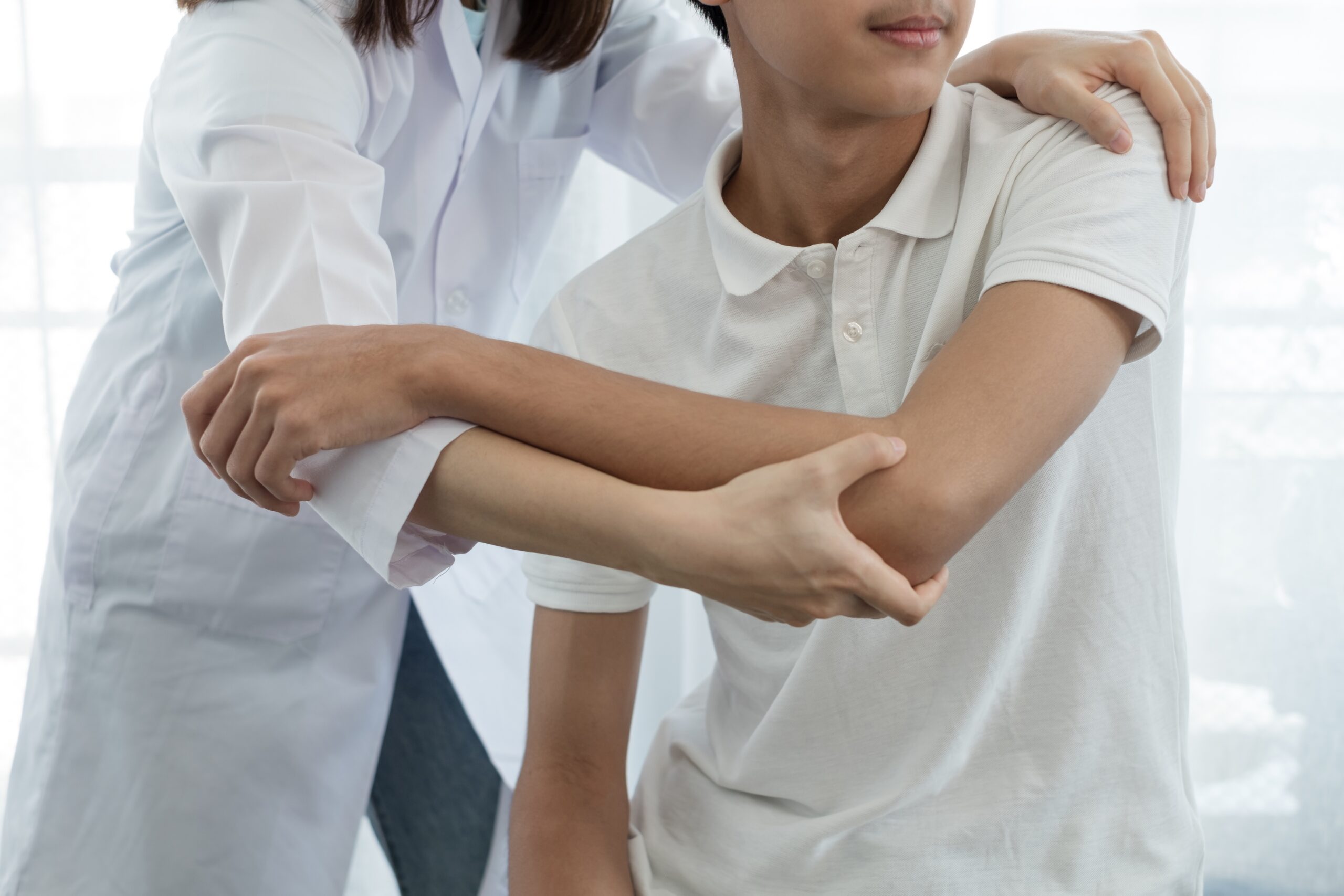Now Offering Florida OrthoCare Telemedicine Virtual Visits

Adolescents participating in physical activities are susceptible to stress fractures and growth plate injuries due to the combined effects of growth spurts and repetitive strain. Whether you play football at Wellington High School, baseball at Central High School or basketball at Dwyer High School look no further than the orthopedic doctors at Florida OrthoCare. These injuries necessitate meticulous attention and management, particularly in teenagers who are still undergoing physical development. At Florida OrthCare, our orthopedic doctors play a pivotal role in diagnosing, treating, and averting complications associated with stress fractures and growth plate injuries in teenagers.
Stress fractures are minute cracks in bones resulting from repetitive force or overuse, commonly observed in weight-bearing bones such as the tibia, metatarsals, or fibula. In teenagers, these fractures frequently occur during periods of rapid growth when bones are adapting to increased physical activity levels. Contributing factors may include inadequate rest, improper footwear, or sudden changes in training intensity. Teenagers that play high school football, golf, lacrosse, baseball and basketball are susceptible to stress fractures.
Growth plates, or epiphyseal plates, are cartilaginous regions located near the ends of long bones in children and adolescents. They facilitate bone growth and eventual fusion. Injuries to these plates can arise from trauma or repetitive stress, disrupting normal growth processes. The severity and appropriate treatment approach for growth plate injuries are determined using the Salter-Harris classification system.
Diagnosis: At Florida OrthoCare, our orthopedic specialists utilize diagnostic tools such as X-rays, MRI scans, or bone scans to accurately diagnose stress fractures and growth plate injuries. Precise diagnosis is essential for devising an effective treatment plan.
Rest and Immobilization: Initial treatment often involves rest and immobilization to facilitate proper healing of the injured bone or growth plate. Immobilization may necessitate the use of casts, braces, or splints to stabilize the affected area and prevent further damage.
Physical Therapy: Following the acute phase, physical therapy assumes a crucial role in rehabilitation. Orthopedic specialists and physical therapists develop tailored exercise regimens to enhance muscle strength, flexibility, and restore normal movement patterns.
Gradual Return to Activity: Gradually reintroducing sports or physical activities under professional supervision is imperative. Premature return increases the risk of re-injury or complications.
Nutritional Guidance: Adequate nutrition is vital for bone health and healing. Orthopedic specialists may offer dietary recommendations or suggest supplements to support bone healing and growth.
Growth Monitoring: Adolescents with growth plate injuries necessitate close monitoring to ensure proper bone growth. Regular follow-up appointments and imaging studies are conducted to assess progress and detect potential complications.
Prevention Strategies:
Preventing stress fractures and growth plate injuries entails employing appropriate training techniques, ensuring adequate rest, using proper equipment, and monitoring growth and development. Orthopedic specialists collaborate with coaches, parents, and athletes to implement tailored injury prevention strategies.
Stress fractures and growth plate injuries are prevalent orthopedic concerns among adolescents engaged in physical activities. At Florida OrthoCare, our orthopedic specialists play a pivotal role in diagnosing, treating, and preventing these injuries, thereby ensuring favorable outcomes and long-term musculoskeletal health. Through comprehensive treatment approaches and collaborative efforts, adolescents can recover from these injuries and safely resume their active lifestyles.
Cartilage Tears and Work-Related Injuries
Why Cartilage Tears and Work-Related Injuries Need to Be Diagnosed & Treated Many people work in demanding jobs where there’s a higher …
Continue reading “Cartilage Tears and Work-Related Injuries”
Understanding Hip Dysplasia Often times associated with dogs, hip dysplasia affects 3-5% of the population. Most people who have the condition typically …
Common Causes of Shoulder Pain Most people experience shoulder pain at some point in their lives. It can be a symptom of …
Copyright ® 2024 www.florthocare.com. Designed by Accountable Web Designs. Privacy Policy | Terms and Conditions | Sitemap